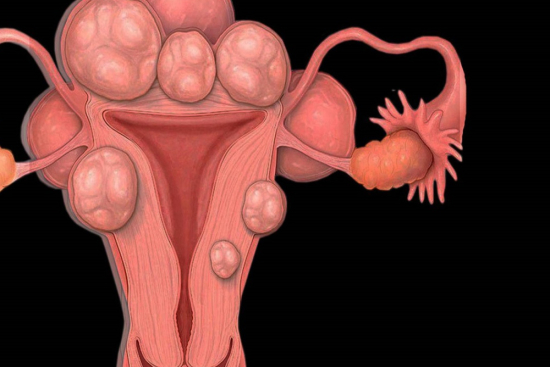Cervical polyps are small, benign (noncancerous) growths that develop on the cervix. They can vary in size and are usually asymptomatic. In some cases, however, they can cause bleeding between periods, heavy vaginal discharge, or pelvic pain.
Cervical polyp removal is a surgical procedure to remove these benign growths.
Cost of cervical polyps removal in Turkey
In Turkey, the cost of cervical polyp removal is generally between 3,200 and 3,900 Euros.
This price can vary depending on a number of factors, including the medical facility chosen, the complexity of the surgery, and any additional procedures that may be required.
Benefit from a free personalized quote and full coverage for your cervical polyp removal. Our partner clinics, known for their expertise and state-of-the-art equipment, guarantee quality care at attractive prices.








